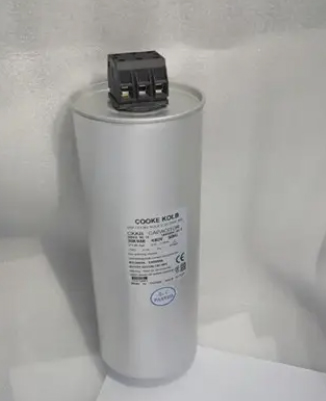DC-DC converters can be divided into two categories according to whether there is electrical isolation between input and output: those without electrical isolation are called non-isolated DC converters, and those with electrical isolation are called isolated DC converters.
Non-isolated DC-DC converters can be divided into three categories: single-tube, double-tube and four-tube, according to the number of active power devices used. There are six types of single-tube DC-DC converters, namely buck converter, boost converter, boost/buck converter, Cuk converter, Zeta converter and Sepic converter.
Among these six single-tube converters, buck and boost converters are the most basic, from which the other four are derived. The two-tube dc-dc converter has a double-tube series connected boost converter. Full-bridge dc-dc converters are commonly used as four-tube dc converters. DC-DC converters with isolation can also be classified by the number of active power devices used.
There are several basic types of DC-DC converters as follows.
- Buck Converter.
- Boost Converter.
- Buck-Boost Converter.
- Cuk Converter.
- Full Bridge Converter.

According to the function, DC converters can be divided into: boost converter, buck converter and lift converter, and the boost converter is mainly used in fuel cell vehicles. In addition, according to the implementation principle, DC-DC converters can be divided into: direct-AC-DC converters and choppers.
The DC converter first converts the DC power supply into alternating current (AC) through power electronics, generally known as inverter, and then steps up the voltage through a transformer (step-up ratio of 1:n), and finally generates the transformed DC power through rectification and filtering circuits for use by the load.
Compared with general converters, DC converters have strong anti-interference ability, high reliability, high output power and complete variety.
Wide range input DC converter is a DC voltage regulator developed to meet the needs of a wide range of input voltage variation, its input DC voltage can be varied in a wide range of DC100V-375V to ensure the stability of the output voltage. In addition, this power supply is small in size, light in weight, perfect protection function, and has good electromagnetic compatibility. It has over-current, overheat and short-circuit protection.
It not only provides power but also has ringing and alarm functions. The DC converter is divided into three grades: military, industrial and commercial, and is extremely suitable for battery-powered applications such as communication rooms and ships.